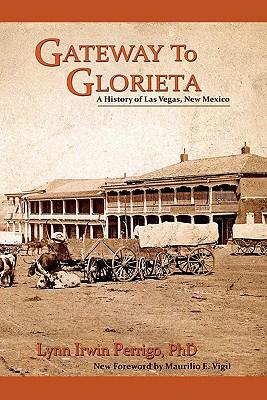Las Vegas, New Mexico has been characterized as "two towns, one place," "The Town that wouldn't gamble," and "The Wildest of the Wild West." The descriptions are at least partially accurate, but they fail to capture the essence of this small city. Much has been written about the history of Las Vegas and narratives continue to appear in popular, scholarly and promotional articles and essays. In some cases, Las Vegas' history is presented as a back-drop to the telling of a story about a particular person, era, theme, event, or some other aspect of its story. This book addresses issues in the development of Las Vegas and the American Southwest that remain quite relevant in the 2lst Century. Among these are an increased socio-cultural diversity that impacts the hegemony of this population and its effects on inter-cultural relations; Spanish/Mexican sovereignty versus American expansionism; conflicting conceptions of land and water rights; and resolving local community problems and public policymaking in the wake of divergent political cultures. The book remains an important treatise since it is a well researched biography of an important and vital town that figured prominently in the growth, evolution and development of New Mexico and the American Southwest.

Gateway to Glorieta: A History of Las Vegas, New Mexico
Las Vegas, New Mexico has been characterized as "two towns, one place," "The Town that wouldn't gamble," and "The Wildest of the Wild West." The descriptions are at least partially accurate, but they fail to capture the essence of this small city. Much has been written about the history of Las Vegas and narratives continue to appear in popular, scholarly and promotional articles and essays. In some cases, Las Vegas' history is presented as a back-drop to the telling of a story about a particular person, era, theme, event, or some other aspect of its story. This book addresses issues in the development of Las Vegas and the American Southwest that remain quite relevant in the 2lst Century. Among these are an increased socio-cultural diversity that impacts the hegemony of this population and its effects on inter-cultural relations; Spanish/Mexican sovereignty versus American expansionism; conflicting conceptions of land and water rights; and resolving local community problems and public policymaking in the wake of divergent political cultures. The book remains an important treatise since it is a well researched biography of an important and vital town that figured prominently in the growth, evolution and development of New Mexico and the American Southwest.